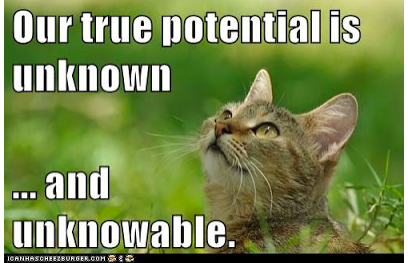I have engaged with the class materials by taking notes before class on what I find interesting, strange, or have questions on for the assigned readings. This helps jog my memory of what stood out to me in the text so I can thoughtfully participate in class discussions. While my class preparation is working well for me, I would like to begin engaging with the optional readings. Oftentimes I find that I do not have enough time within my busy schedule to complete the optional readings. When talking to classmates who did do the optional readings it seems they have a better understanding of the topic. Taking even just 10 minutes to look through an optional reading will most likely answer some of my questions and allow me to have a better grasp on the topic at hand. Also, I should start looking at questions or comments other students have posted on the Pad as well as the response given to these questions. This may help answer some of my own questions or at least allow me to dig deeper into a topic.
I have treated the weekly reflection seriously and with effort. While writing this reflection I often look back at my notes from my preparation for class and the notes I took during class. It is interesting to see how my knowledge of and ideas surrounding the topic of the class has changed after having a class discussion about it. While writing weekly reflections is not always the most fun part of my weekend, it is important to reflect on what I learned in class. My favorite part of these weekly reflections is looking at my classmates posts and seeing how their reflections differ from mine. There may have been an important point discussed in class that I forgot to mention in my post, or an idea I had not thought of before. I also enjoy looking at the constructive criticism my peers give me on my reflections as they help me improve my writing and analytical skills. When I compare my reflections to others I notice that my posts tend to be a bit longer than my peers. This is not necessarily bad, but it shows me I should work on being more brief at times.
So far in this course I have learned that studying a cultures mythology and beliefs is just as important as studying actual historical events of a society. For example, in the “Classic of Mountains and Seas” it was brought up in class that the strangest creatures are often the ones described as living in the outskirts or outside of China. This can be attributed to ethnocentrism where the ancient Chinese looked down on foreigners. I knew next to nothing about ancient Chinese beliefs before taking this course and my eyes have been opened to the rich history of this culture. A topic I am interested in is cultural comparison of ancient Chinese beliefs with other cultures and/or time periods. It is interesting to note the similarities and differences between cultures.

